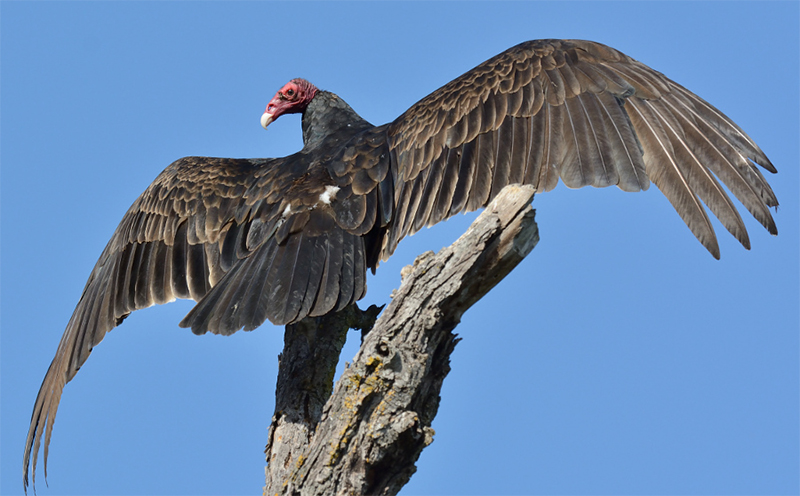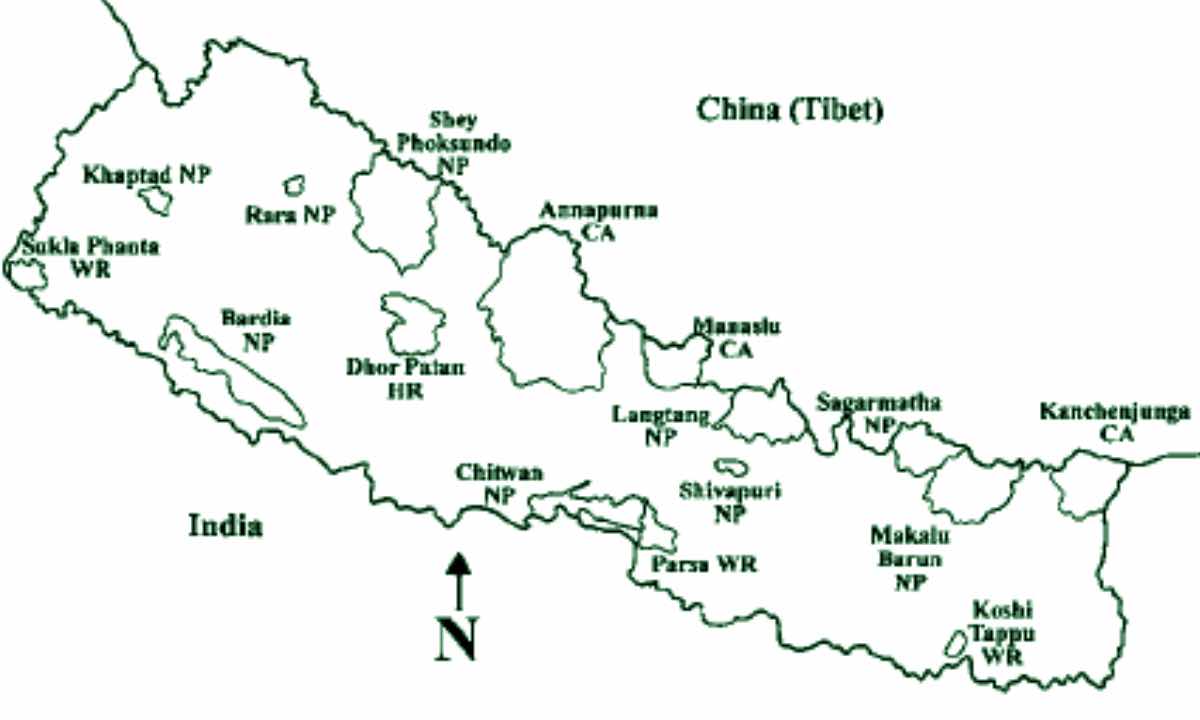
OR
Vulture restaurants instrumental to conserve threatened bird
Published On: March 11, 2024 04:25 PM NPT By: Republica | @RepublicaNepal

DANG, March 11: Vultures, considered as natural environmental cleaners with a crucial role in preventing diseases like cholera and diarrhea, are facing a severe threat to their population. Nepal, home to nine vulture species, is experiencing a decline in their numbers, according to the Vulture Conservation Campaign Network.
The operation of vulture restaurants has been instrumental in preserving vulture populations, with seven such establishments operating across the country. Despite their positive impact, these restaurants encounter numerous challenges to sustainability.
Bhupal Nepali, project officer at the Bird Conservation Nepal, said there are two vulture restaurants in Dang and one each in Ghachok (Pokhara), Gaidatal (Rupandehi), Nawalparasi East, Kailali, and Koshi Tappu. The high operational costs of these restaurants, involving feeding adult cattle and hiring caretakers, pose a significant challenge for the operation of such facilities.
The use of the anti-inflammatory drug diclofenac in treating animals is a major concern for vulture conservation. Studies indicate that the consumption of carcasses containing diclofenac residues leads to kidney failure in vultures, contributing to their rapid decline.
Dhanishwor Neupane, an officer from the Lumbini Province Forest Ministry, identified encroachment upon natural habitats, feeder shortages, and human-constructed electric fences as additional threats to vultures. The ministry is taking steps to conserve tall trees and ensure safe food for animals, but collaborative efforts are essential for achieving conservation goals.
It is noted that the Lumbini Province government has allocated Rs 32.8 million for the conservation of vultures and other endangered flora and fauna. Nepal, home to over 13,000 vultures of nine species, including the White-rumped, Red-headed vulture, Eurasian griffon, long-billed griffon, Himali griffon, Bearded vulture, Cinereous vulture, and Indian vulture, has witnessed a 91 percent decline in vulture populations over the past decade.
The Himali griffon, with a population of around 10,000 in Nepal, is the most numerous species. Vultures from India, Pakistan, China, Myanmar, and Thailand migrate to Nepal for breeding. Both Nepal and India have experienced an alarming decline in vulture populations, prompting the need of concerted efforts for conservation over the last decade.
RSS
You May Like This

People urged to take caution as Terai region including Lumbini province experiences sweltering heat
KATHMANDU, April 28: In the wake of sweltering heat, especially in Terai belt and Lumbini Province, the Department of Hydrology... Read More...

DPM Pokharel calls for environment conservation from Everest region
Namche, May 27: Deputy Prime Minister and Minister for Defense Ishwor Pokharel has urged those yearning for longevity and clean environment... Read More...

Rhino Conservation Gold Cup Football Championship kicks off today
NAWALPARASI, Oct 30: The Rhino Conservation Gold Cup Men's Football Championship kicks off at Kolhuwa of Nawalparasi from today. This... Read More...

Just In
- Nepal Investment Summit 2024: Investments worth Rs 9.13 billion approved
- SC directs SidhaKura news portal to appear with evidences on May 2
- Urgency of policy update for Nepal's National Park buffer zones
- Investment summit concludes with govt signing over a dozen MoU with prospective investors
- UML's Nembang elected in Ilam-2
- Ensure follow-up for increased FDI
- Nepal and Vietnam could collaborate in promotion of agriculture and tourism business: DPM Shrestha
- Govt urges entrepreneurs to invest in IT sector to reap maximum benefits















Leave A Comment